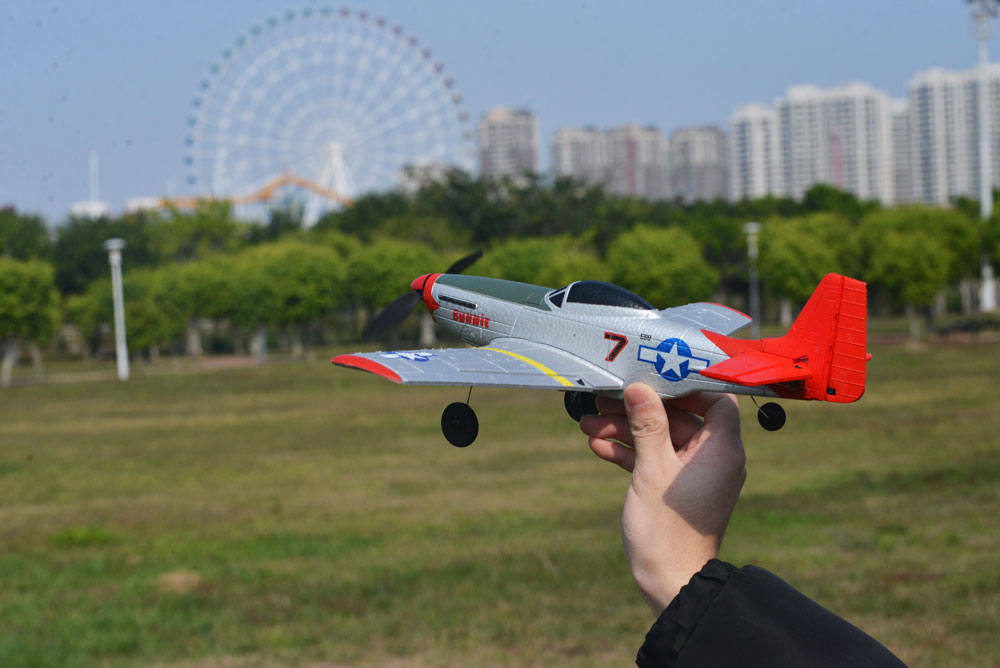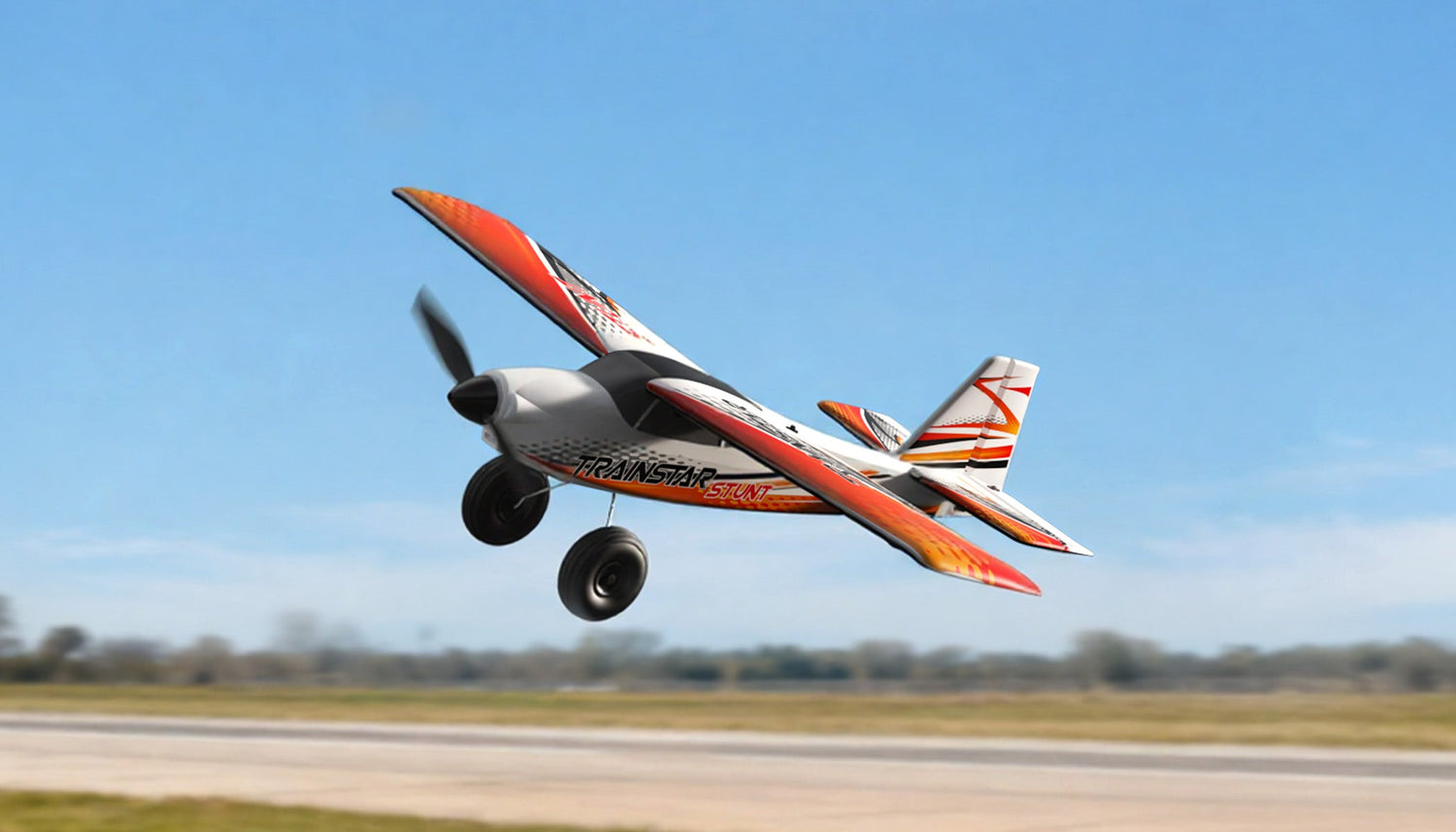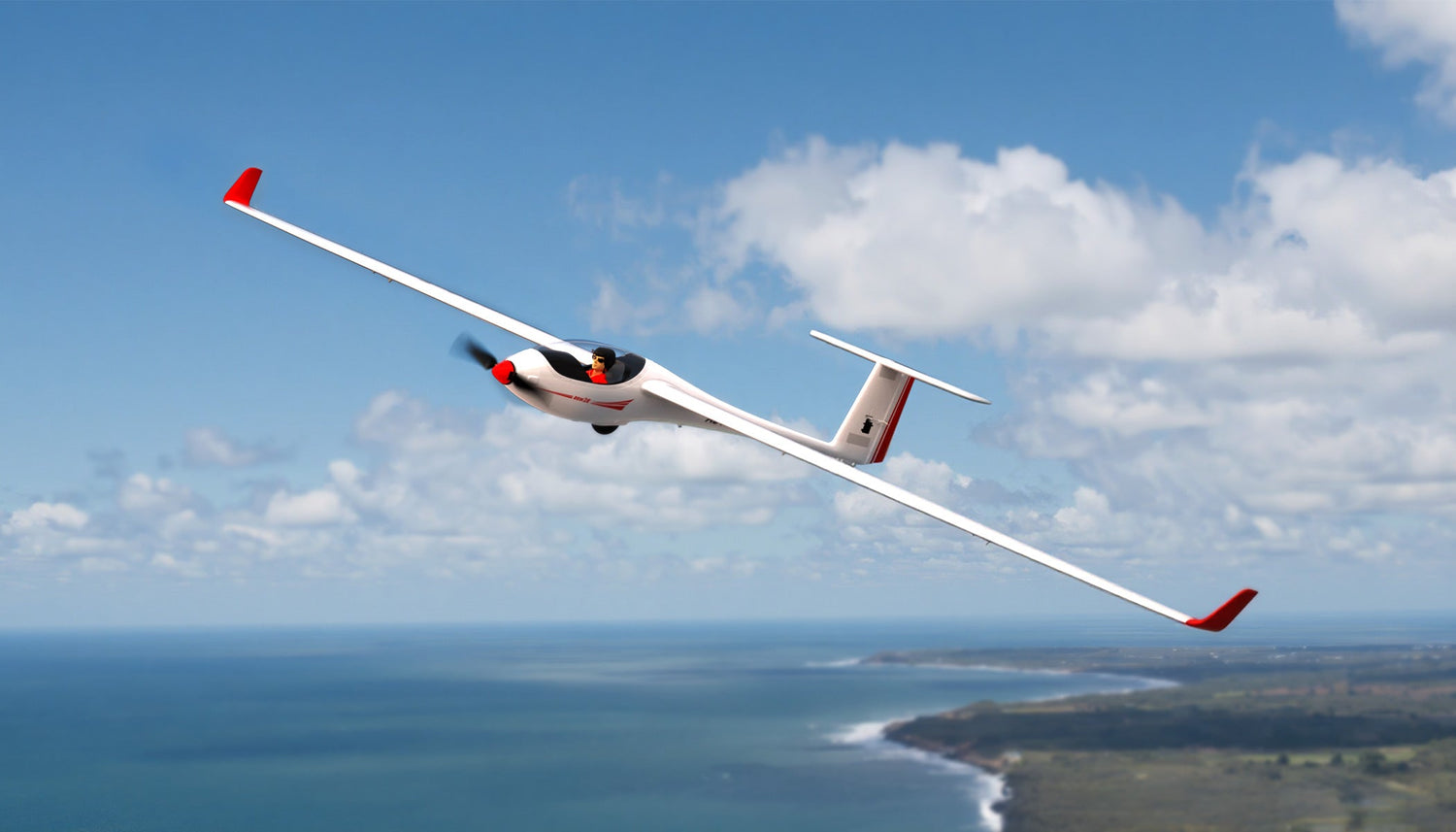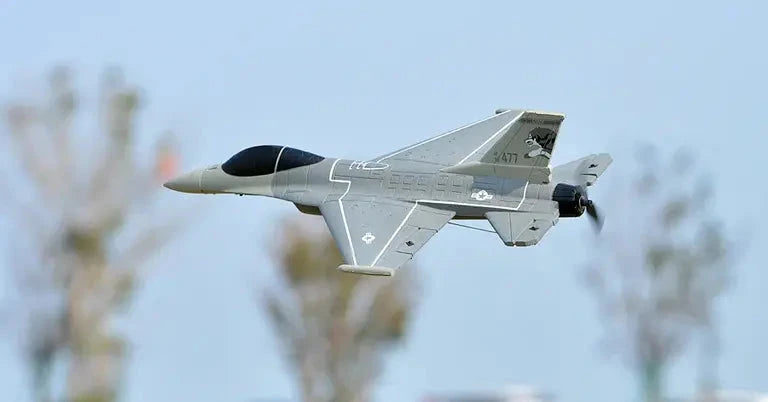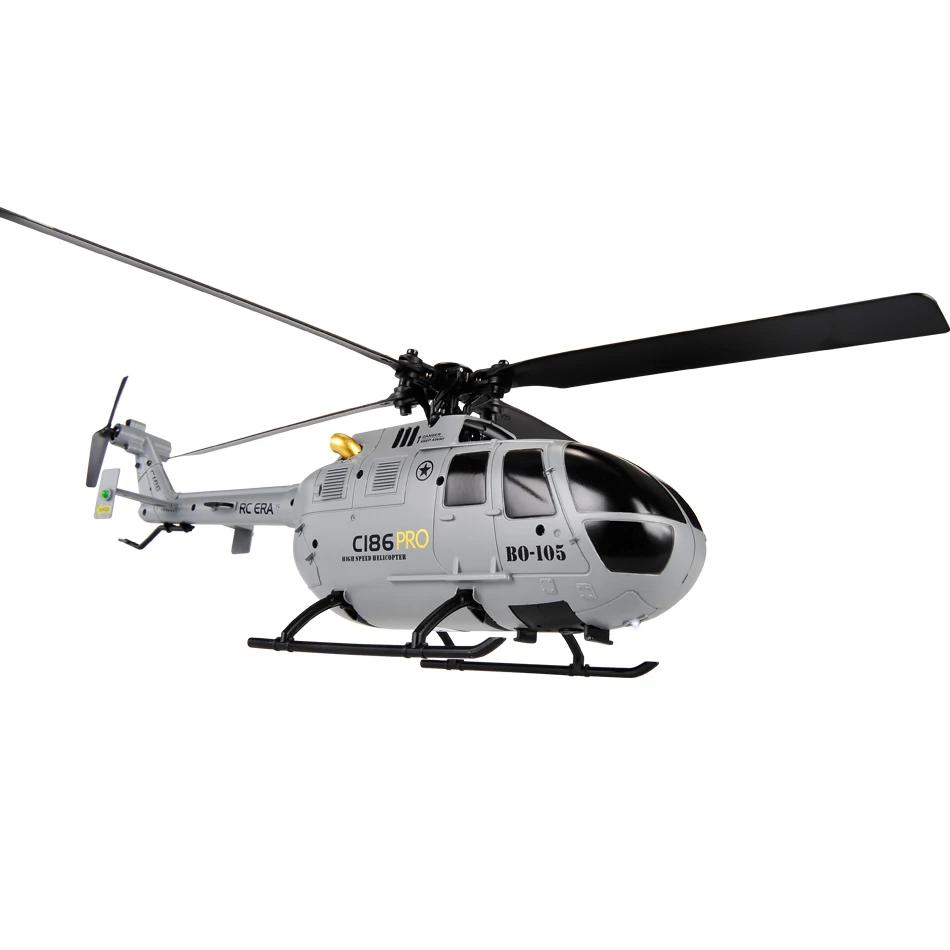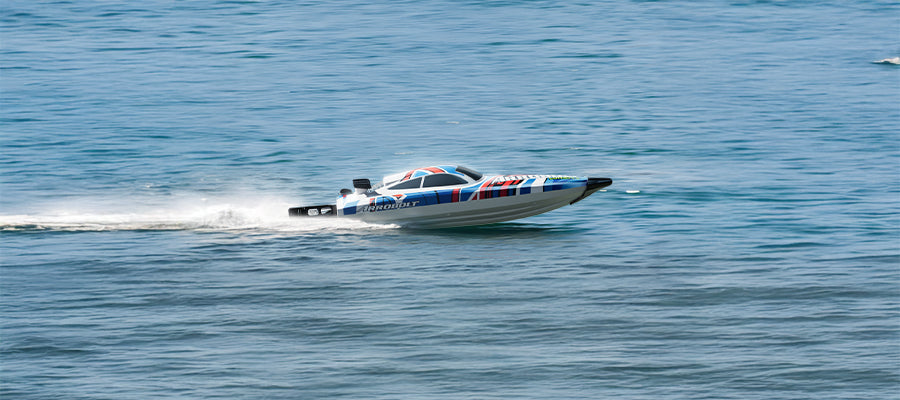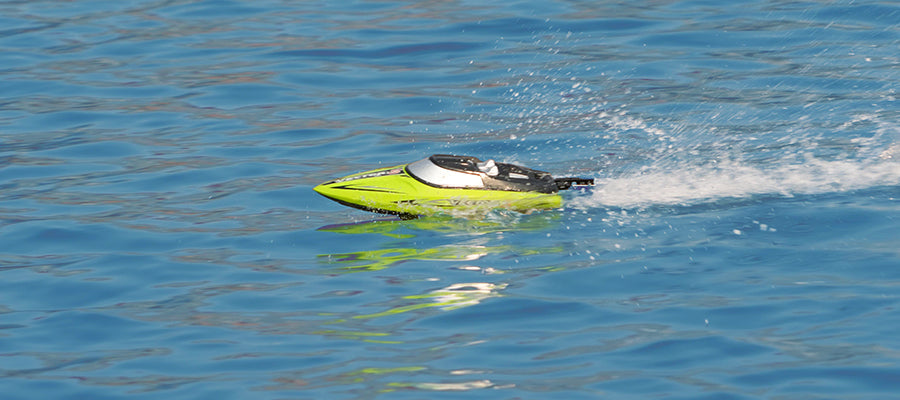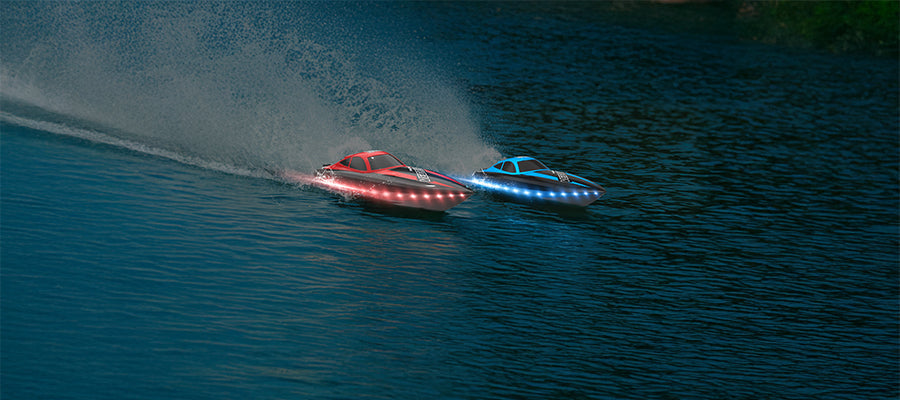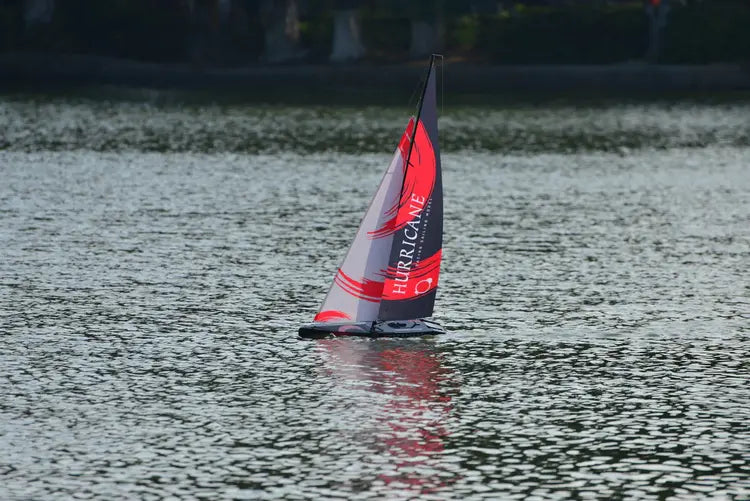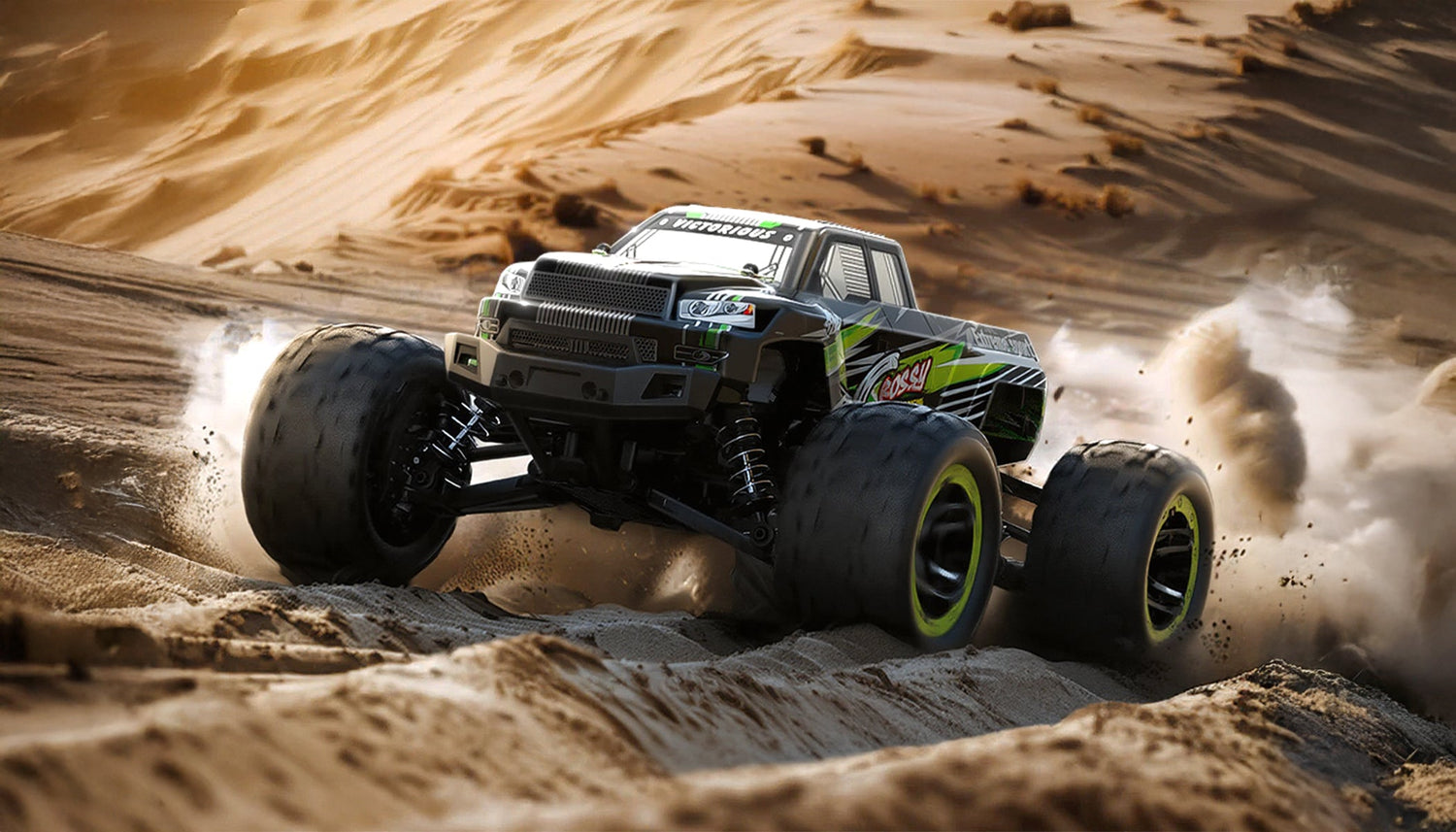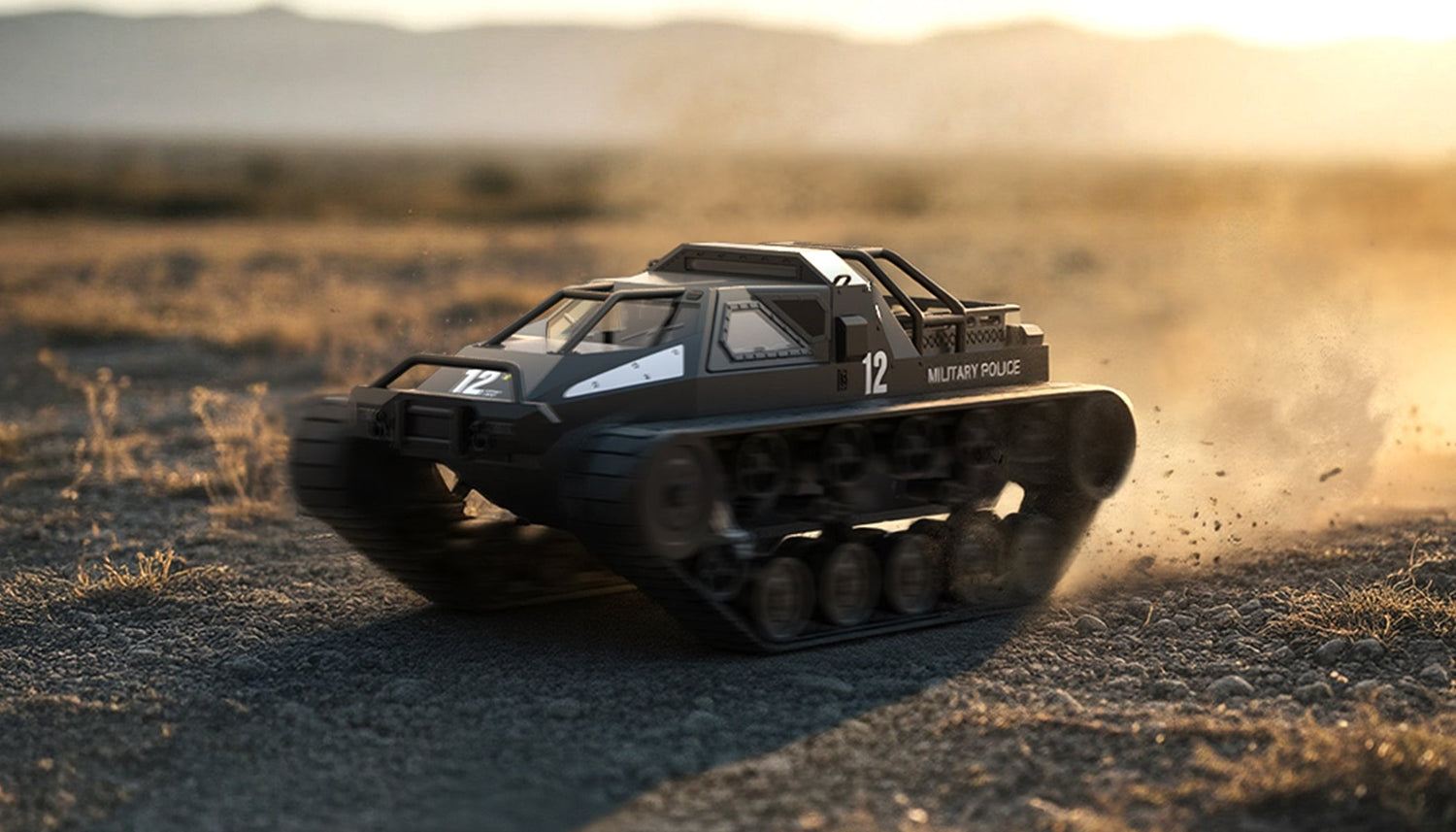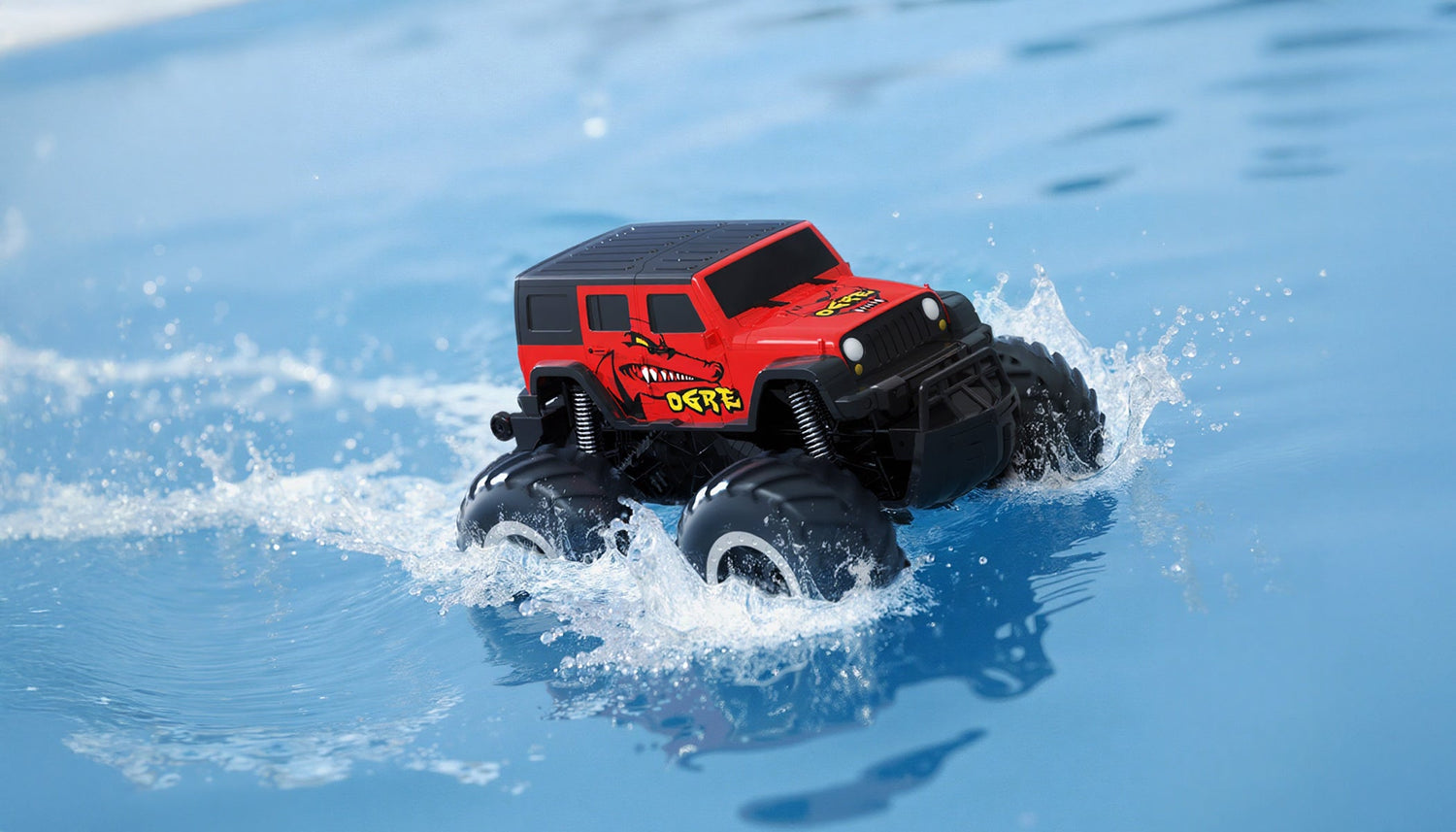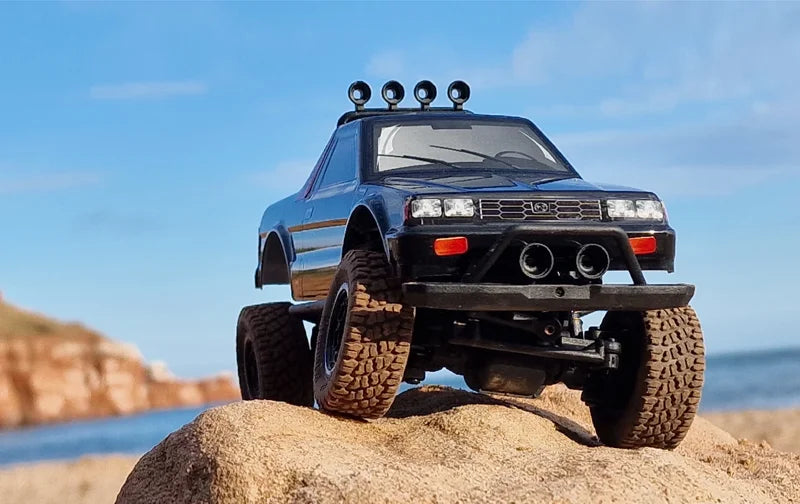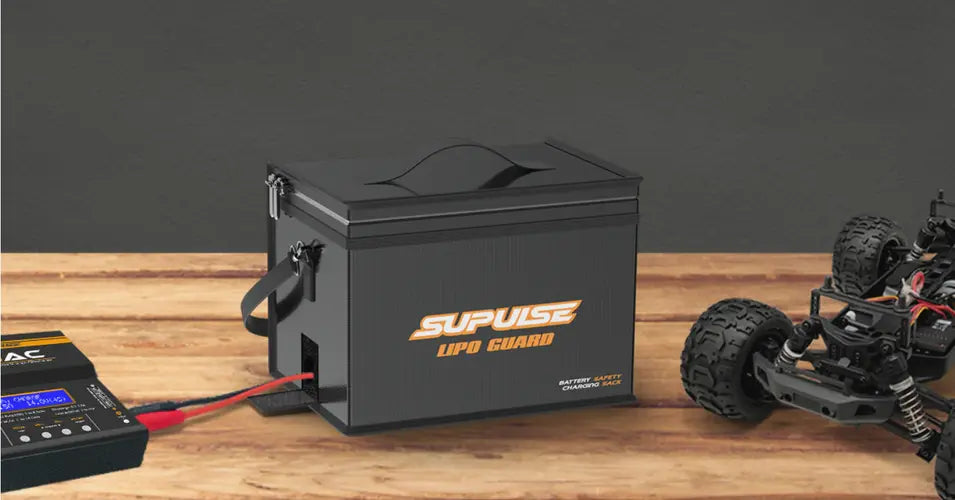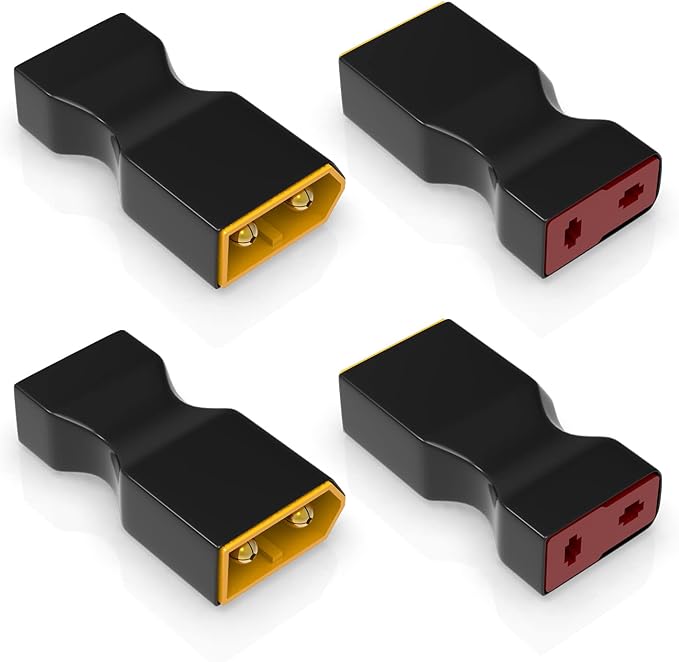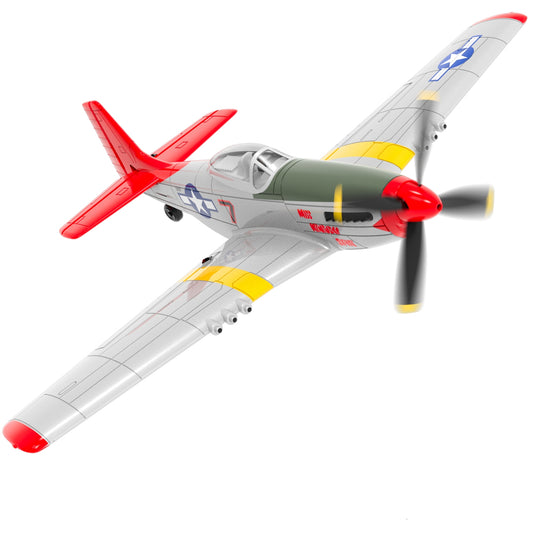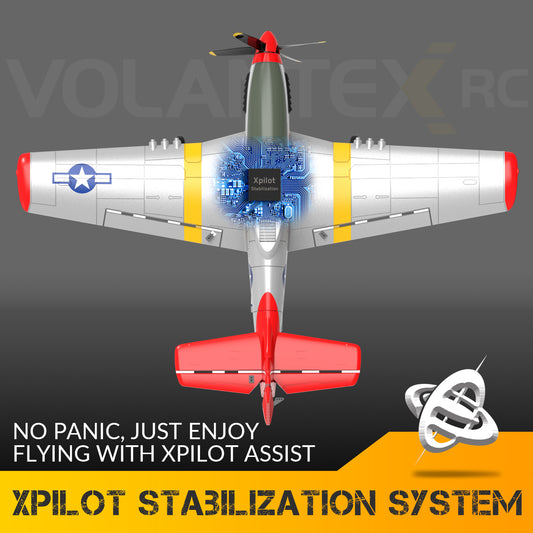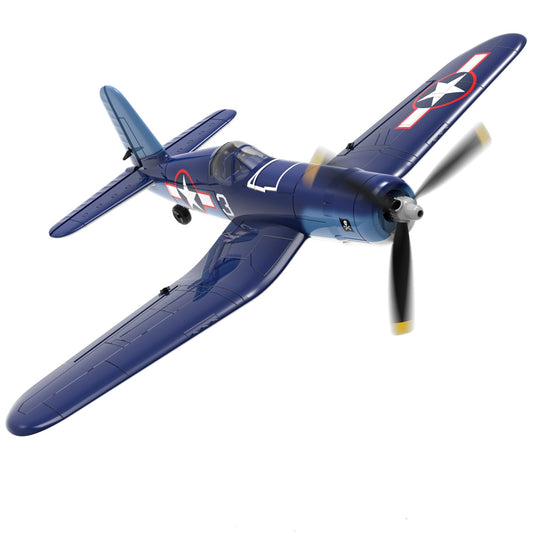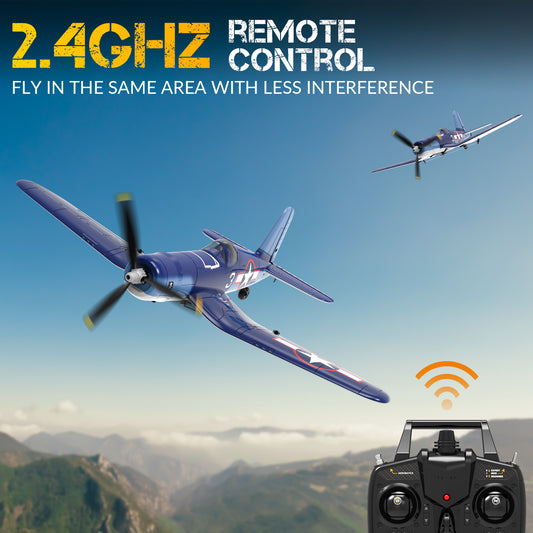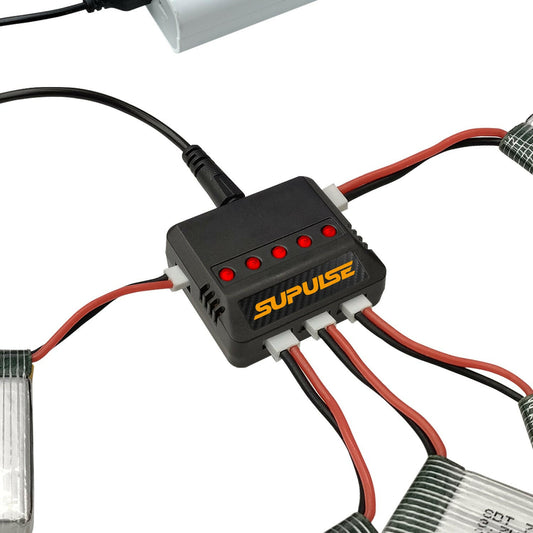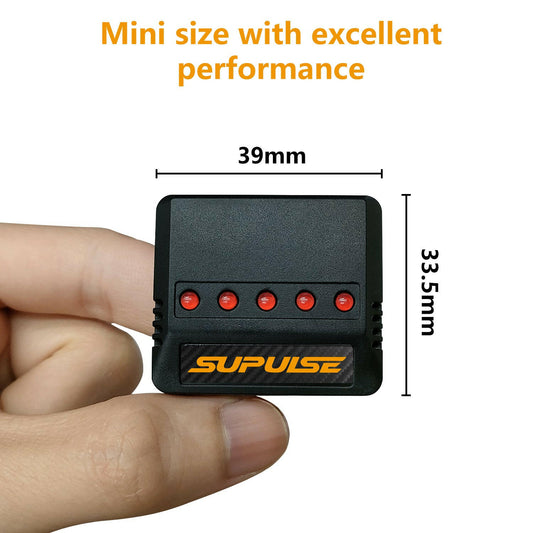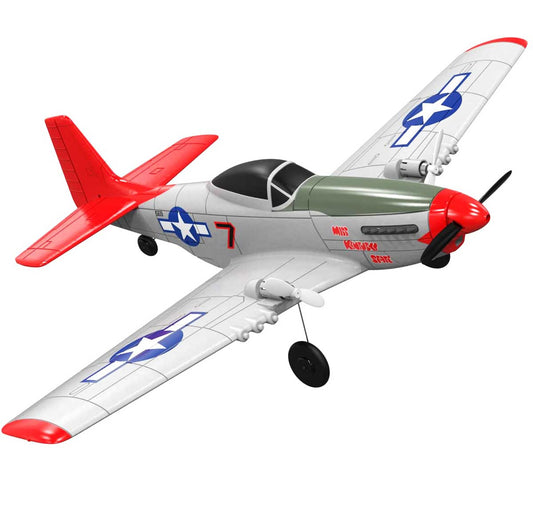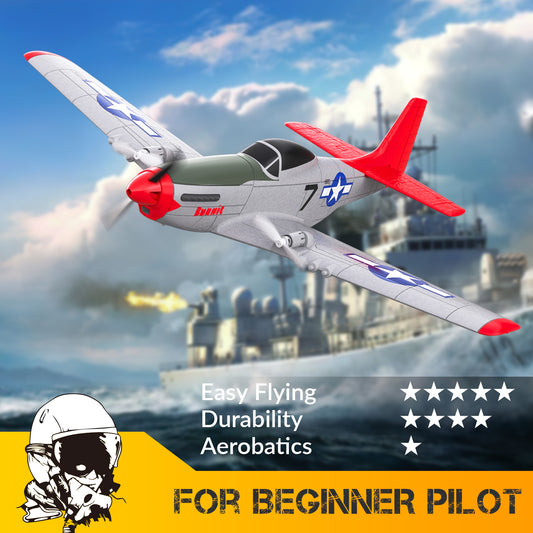First flight of Radio Control Plane
The day has finally arrived! I hope you have enough practice on the simulator and you are now ready to go! The most important thing to keep in mind is that you should not fly if you are not prepared or if the weather is inclement.
It’s easy to get excited and just go for it! Most hobbyists will agree that at one point they have pushed the envelope to their demise!
Below is a checklist to do before flying:
-
Have you had enough practice with a flight simulator?
-
Is the weather favorable?
-
Low wind
-
No rain
-
-
Are you flying in an open space where it is large enough for you to have plenty of room for mistakes?
Check the following on your plane
-
Control horns are connected properly
-
Servos are correctly attached to the control rods
-
The servo and motor wires are seated in the receiver correctly and not loose
-
The motor is mounted with no play
-
The prop is installed correctly and rotating in the correct direction
-
Checking that the CG is right
-
The model battery is fully charged and secured properly
-
The battery in the transmitter is charged
-
When operating the transmitter, the control surfaces of the rc plane move in the right direction
-
When in the neutral position, the control surfaces are in line with the wing, rudder, or elevator, or they're in the correct position according to the manufacturer's specifications (some aircraft require a slight upwards orientation for the elevator to fly level)
Taking Off
When taking off, make sure you're flying into the wind and that there are no obstacles in your path. If you need to hand launch your model, make sure you have someone there to help you. This will make it much easier and safer for you. Remember to toss the model at a 45-degree angle with the throttle at 3 quarters or more. If you are taking off from the ground, make sure the grass is not too long or your plane will nose over, causing damage to the prop or engine mount (if your motor is on the front).
Flying Around
Once you're in the air, you might notice that your model wants to climb, ascend, or turn without any commands from you. Trimming is probably the main reason for this. This is where having someone on the field with you to help you adjust your radio as you fly. Otherwise, you would most likely crash if you try to adjust the radio while in the air! Land your plane and make any required trim adjustments on the relevant control surface. To prevent over-adjusting, which might result in a crash, just do this a little at a time. Once you have your plane trimmed right, just relax and fly your plane in circles until you have a good feel for it. Try to gain some altitude so that if you make a mistake, you have enough time to respond and correct things.
Voluntary Stall
Once you have a feel for the plane, take it up reasonably high and try and put the plane into a stall. This is simply done by flying level, backing off the throttle to zero, and slightly pulling up on the elevator. The plane will go nose up and fall after stalling. It's good to know how the plane behaves in a stall. Some planes stall violently while others quite docile. If you have gone with one of the models we have discussed earlier in this series: Your First Plane, the stall will be docile with the nose dropping predictably. However, depending on the plane you choose, you can experience what is called a tip stall. This is where a wing falls into a stall which can be a little scarier because you need to know how to react. This is why you need to have plenty of space for error by gaining altitude. To get out of a stall (where you have done the right thing and gained enough altitude), simply put the plane in a nose-down position and throttle up! Also, provided you're flying on a low wind day, this will work. The only time it will not work if the wind is abnormally high and your model is underpowered. If you don't fly into the wind, you may not be able to recover from a stall in these instances because there is not enough lift being generated because you're flying with the wind...
Landing
Landing can be scary but if you have put in the time on the simulator you will be able to do this easily. Also, by understanding when and how your plane stalls, you have a good idea of how fast you need to come in for a landing. Just like taking off, you need to land into the wind! This is very important because it can effectively lower your landing speed with enough wind and it creates stability too! Make sure you have plenty of room to land and that there is no-one standing around you. You can do a quick check by flying your plane to where you would like to look on the field (don't look away from the plane, simply take it to where you want to see if someone is there). Most beginner planes are designed with predictable flying characteristics. One characteristic is the ability to glide without any throttle. If this is the case for your model aircraft, try to land without any throttle. It may take a few attempts to learn what angle you need to come in for a landing without stalling too early. Written by Thomas

